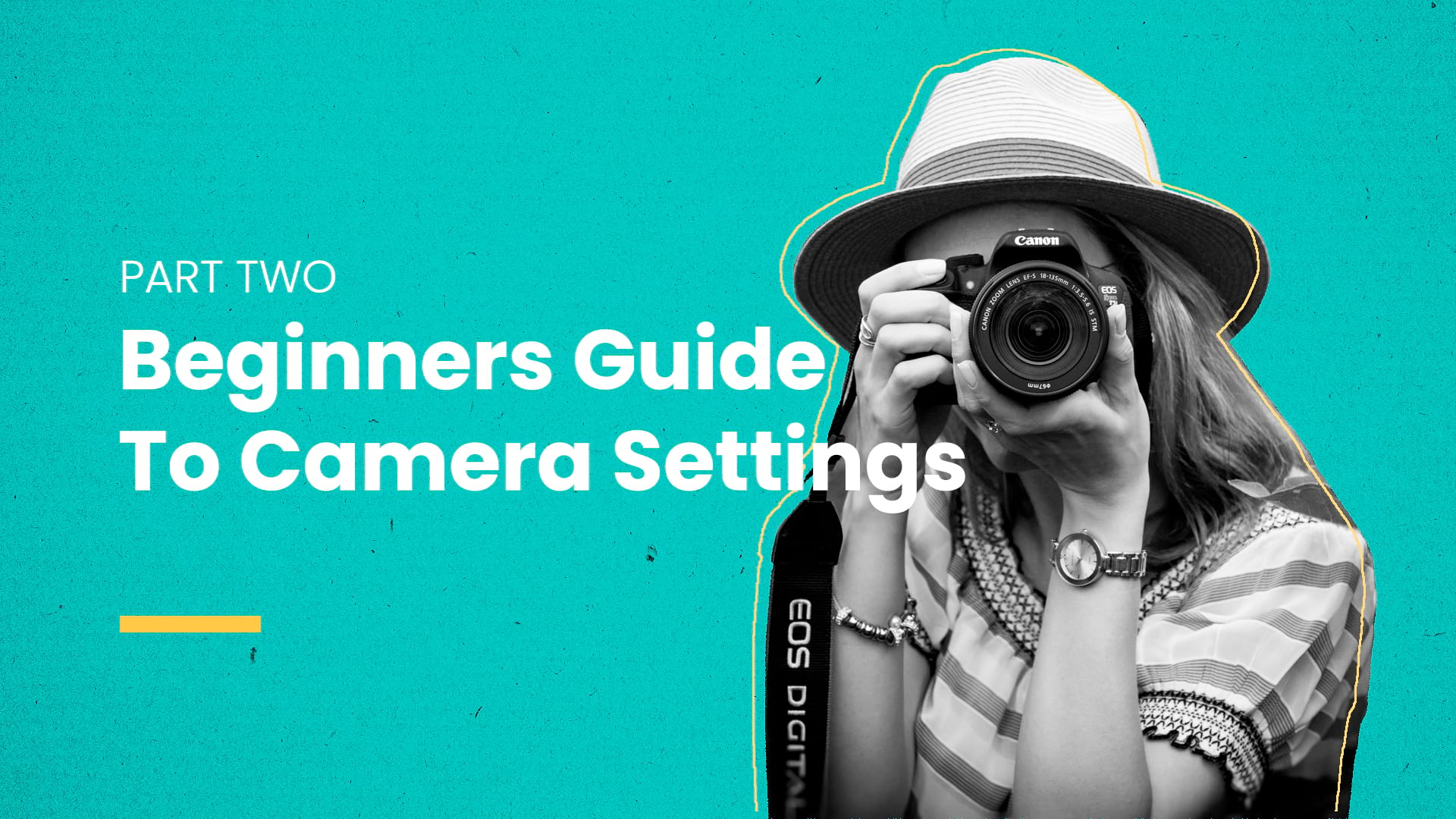Beginner's guide to camera settings pt2

Last time we covered the basics of camera settings, now we go a little more in-depth and have a look at some of the individual features that you can toggle and tweak to get your perfect picture.
Aperture
This refers to the size of the lens used to capture the image. On most devices it is represented simply by a letter A or Av. Using a larger lens will allow more light and give a brighter image. This can also affect the depth of the image by giving greater or lesser prominence to the focus of the background.
A portrait, for example, works best with a larger aperture, as the open lens blurs the background and brings the foreground subject into greater prominence. Conversely, for a landscape, a smaller aperture will highlight more of the back- and mid-ground, giving the image much greater depth.
Shutter Speed
The shutter speed refers to how quickly the image is captured and is represented on your camera by a letter S (or sometimes Tv). The higher the shutter speed, the less time the shutter is open for. It also affects how much light is allowed into the exposure, with a lower speed allowing more light in simply because of the time the shutter is open for. Take a minute to explore our photo printing and framing services.
A higher shutter speed gives sharper images with much less blurring, which works great for sports shots or many other kinds of action shots. A lower shutter speed suits images where the mobility of the subject needs to be enhanced, for example in images with traffic, the effect of the travelling lights can be used to illustrate the subjects mobility.
Explore more about online photo framing and delivery!
ISO
ISO is what helps your camera to pick up images in the dark. On your camera, this will usually be represented by a dial surrounded by numbers from 100 upwards. Unlike the shutter speed and the aperture, ISO changes the light provided by the camera itself, rather than the natural light, to affect the light or darkness or the whole image. The higher the ISO, the more light is created in the image.
The range of ISO settings is really wide and the difference this can make to the clarity or atmosphere of your images can be phenomenal. A sunny day in open conditions only requires an ISO setting of around 100-200. If the image was to be taken on a cloudy day, you might up that to between 400-800 and if you were inside in dim light, you may take that as far as 6400 to achieve the visibility you need.
Be aware, though, that an ISO that is too high will likely result in grainy images.
Checkout the easiest way to order photo prints and frames online!
Don’t be afraid to play around with the settings and see the difference in the images produced. Trying the same shot with different settings might help you identify what you want and what you need to change to achieve it. Perhaps write yourself a checklist of settings to try and make notes for yourself of the effects achieved for future reference.
And remember that no image is a failure when everyone allows you to learn from the problems it presented.
Fancy creating your own Camera Prints ? Click here to get drafting and have a go at creating your own unique Camera Prints or Frame today .
draft operated by Drawdeck Trading DMCC | All Rights Reserved


